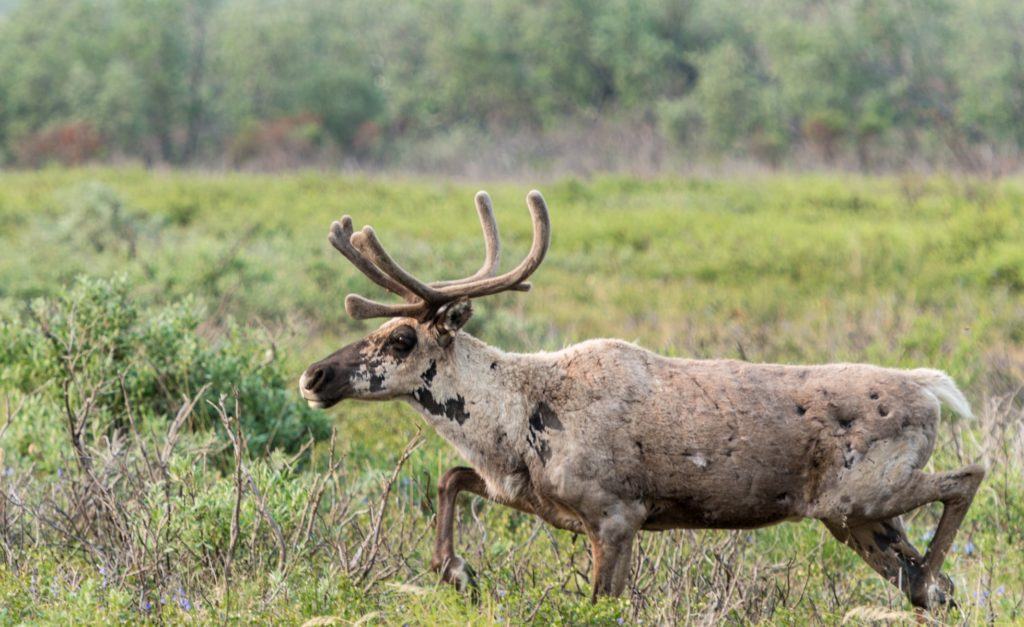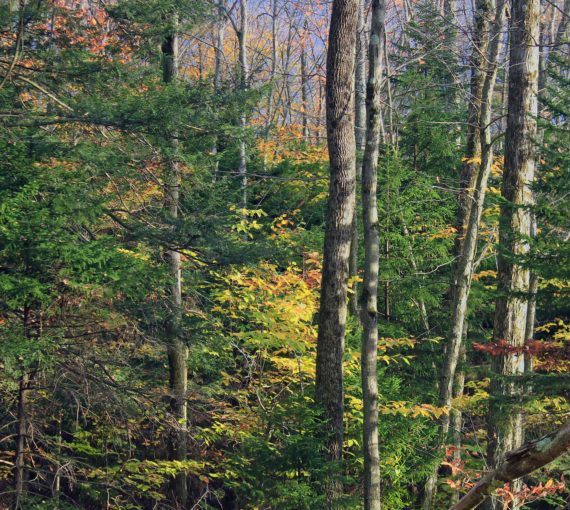
The Ontario government’s latest plan to open the province to unfettered business predictably tries to pave the way to logging more forests.
Ontario’s Forestry Strategy, released on Wednesday, assumes that logging can be doubled without harming biodiversity, wildlife habitat or species at risk and boasts about industry’s “strong record of responsible forest management.”
This claim is made despite the fact boreal woodland caribou are threatened with extinction in Ontario, and scientists have illustrated that human disturbance is the primary driver of their decline, including logging roads that sever undisturbed habitat on which caribou depend.
Despite industry’s long-standing claim that protecting critical caribou habitat is incompatible with a healthy forestry sector, it has finally recognized there isn’t a shortage of wood.
Despite industry’s long-standing claim that protecting critical caribou habitat is incompatible with a healthy forestry sector, it has finally recognized there isn’t a shortage of wood. Now singing a different tune, the forestry industry acknowledges there is a massive surplus of forest they could be logging but aren’t.
According to the strategy, the volume of timber now harvested is less than 60 per cent of what it was in 2000. The strategy states, “Ontario is utilizing only half of the wood that it could sustainably harvest. Approximately 15 million cubic metres of wood is not being used and could be available for attracting investment.”
It’s not caribou habitat protection that’s to blame — the forestry industry has negotiated regulatory exemptions from Ontario’s Endangered Species Act, the primary law overseeing the recovery of at-risk species. Rather, the loss of employment cited in the strategy has been significantly impacted by market factors, such as Ontario’s dependency on exports to the U.S.
It’s time MPPs concerned about taxpayer subsidies took a hard look at how public funds are being used to degrade caribou habitat.
It’s time MPPs concerned about taxpayer subsidies took a hard look at how public funds are being used to degrade caribou habitat. For example, enough forest access roads have been built and maintained in Ontario to drive across Canada and back. Those roads cost the public purse about $60 million per year (for perspective, that’s enough to cover the salary for about 750 teachers), which totalled more than half a billion dollars between 2005 and 2015. These payments have subsidized habitat degradation, which drives caribou decline.
The proposed strategy, in its drive to secure more wood for the mills, risks foreclosing most opportunities for forest protection. Boreal woodland caribou are considered an umbrella species, meaning that if their habitat is protected, so too is the habitat of many plants and animals.
Are the provincial government and industry willing to manage the forest to ensure that wildlife such as caribou continue to exist, and that other forest uses are valued alongside logging? Should taxpayers continue to subsidize degradation of wildlife habitat that is needed by many species, including species at risk? Is there not enough forest for caribou habitat protection and a vibrant forestry sector?
If, as the strategy states, there is a substantial surplus of wood, it’s time to have an honest conversation about how to share the forest.
This op-ed was originally published in The Star
Our Work
Always grounded in sound evidence, the David Suzuki Foundation empowers people to take action in their communities on the environmental challenges we collectively face.




